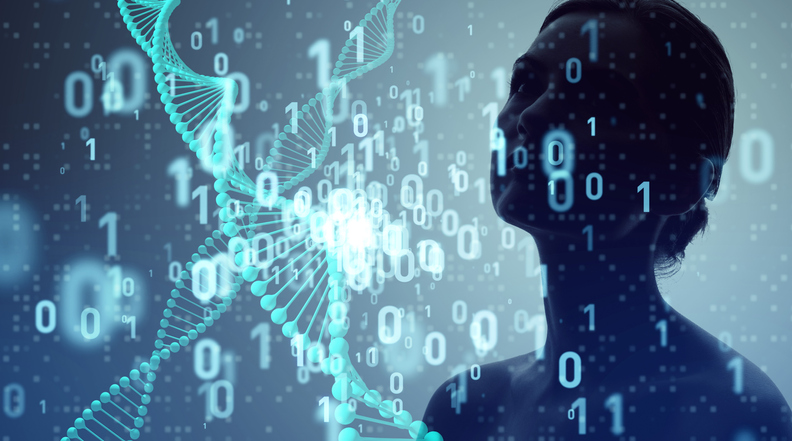By Gail Dutton
Batch processing and testing is a mainstay of the biopharmaceutical industry today. But, as operations become increasingly automated and continuous and integrated manufacturing is adapted more widely, the method of testing must change to produce biopharmaceuticals faster and more efficiently.
To achieve truly autonomous bioprocessing without human intervention, Astrid Dürauer, PhD, senior researcher and first author of a recent paper, and colleagues at the Institute of Bioprocessing Science and Engineering, University of Natural Resources and Life Sciences, Vienna, advocate introducing real-time-monitoring using soft sensors (also called virtual sensors) and chemometrics.
This approach has been used in other industries but because such sensors are simulations of relationships among representative, measured variables and target variables rather than direct measurements, they have been met with suspicion by the life science industry and researchers.
Yet, they have the value not only for real-time process monitoring but, importantly, to control systems during downstream processing where monitoring otherwise may not be feasible. Good applications include production processes that experience little variation and those in which multiple process conditions should be explored. The quality possible using soft sensors and chemometrics, the scientists caution, depends upon the accuracy of the offline data.
“The control of processes in downstream processing is falling short compared to upstream processing,” the scientists point out.
Advanced downstream processing
For advanced downstream processing, the team notes the use of UV 280 flow cell, pH, and conductivity probes. Taking that a step further, NIR, AT-FTIR, Raman multiangle light scattering, and dynamic light scattering sensors can provide useful information, though interpretation may need deconvolution, “to, for example, assign a particular wavelength to a molecular property.” Even the peak profile can be correlated with particular properties of the process liquid or the biomolecule. Basically, the entire spectrum may be used. “If the spectral information is trained with offline data, it can be considered a soft sensor,” they say.
The paper outlines how a soft sensor can be generated by correlating offline measurements with online signals and process parameters using various correlation analyses, modeling approaches, and multivariate data analysis. Model selection and training is the next step, using an independent test set for validation and parameter optimization. Splitting the data among training, validation, and testing helps ensure the model works well with new data.
The paper also analyzes multiple statistical methods for data-driven predictive models, ranging from simple approaches (like partial least squares regression) for straight-forward process development to more advanced models (such as random forests or neural networks) for real-time production processes.


